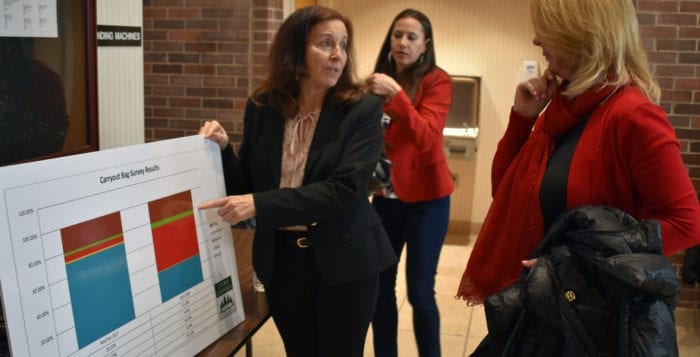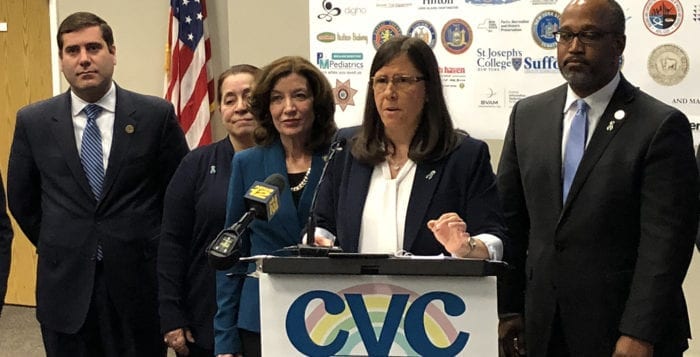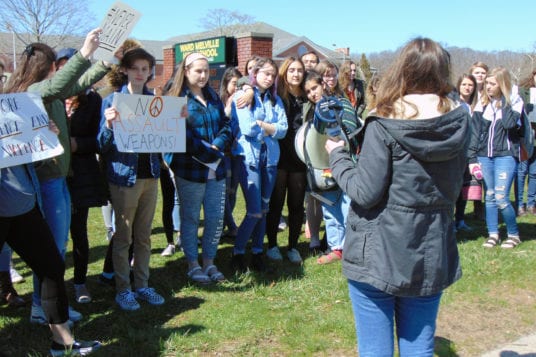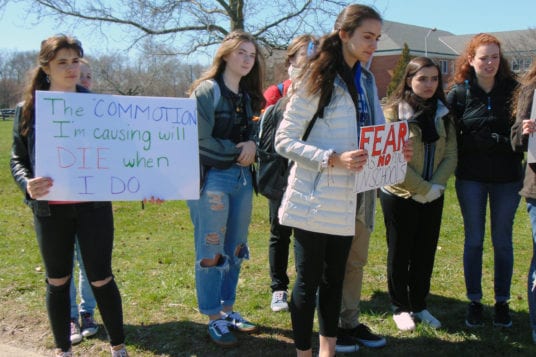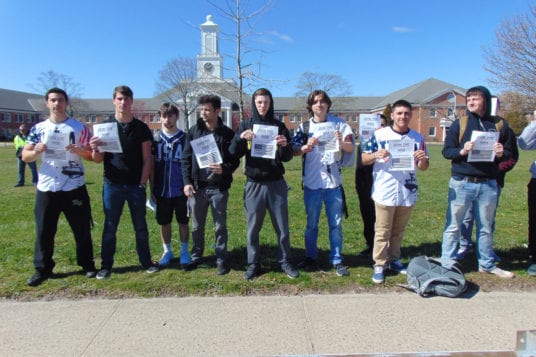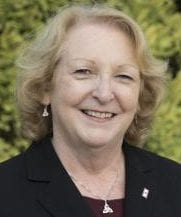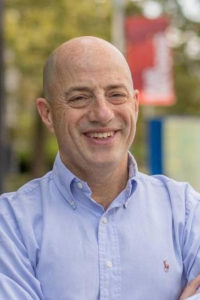What is currently an open field on North Bicycle Path in Port Jefferson Station will soon be home for some.
A new 244-unit residential rental complex for senior citizens proposed
27 acres of vacant land on the west side of North Bicycle Path, north of Comsewogue High School, has been greenlit. The Brookhaven Town Industrial Development Agency announced in an April 26 press release it had approved an application for economic incentives with Benjamin Development Co., operating as The Vistas of Port Jefferson LLC, which will also be the name of the new community. The IDA is tasked with selecting projects that “promote the economic welfare and prosperity of the Town of Brookhaven by assisting in the acquisition, construction, reconstruction, and equipping of commercial and industrial facilities.”
As part of the financial assistance agreement between the agency and developer, The Vistas of Port Jefferson will make payments in lieu of property taxes for 13 years, starting with a $52,000 installment in year one, jumping to about $90,000 in year four, and concluding with a $1,516,043 payment in the final year of the agreement. In total, the company will pay about $8 million in lieu of higher town property taxes during the 13-year agreement. The total cost of the project is expected to be about $65 million.

Lisa Mulligan, chief executive officer of the IDA, declined to comment on the agreement in a phone interview beyond what the agency offered in a press release, though she said the ball is in the court of attorneys on both sides to officially close the deal, which she said she fully expects to take place.
A request for comment to Benjamin Development Co. was not returned.
“As a result of IDA assistance for the development of this project, hundreds of new construction jobs will be added to the region,” the company’s application to the IDA stated. “The project development will also benefit local/regional firms through purchases from suppliers, subcontractors, etc. Finally, the project will create new full-time jobs and 245-plus new residents that will assist in the stimulation of the local economy through daily household spending.”
The project is expected to create more than 400 new construction jobs as well as 24 new permanent positions, according to the IDA press release. The Vistas of Port Jefferson will offer 64 two-bedroom townhouses, 36 one-bedroom units, 144 two-bedroom apartments with a clubhouse and a sewage-pumping facility. Construction is expected to take about two years. The facility is billed as a community for tenants age 55 and up. Fifteen percent of the units will be designated as affordable housing, available to prospective tenants earning less than 80 percent of the area’s median income, which was about $90,000 per household from 2012 to 2016, according to the United States Census Bureau.
Brookhaven Councilwoman Valerie Cartright (D-Port Jefferson Station) said in an emailed statement through Legislative Secretary Carolyn Fellrath the town IDA is a separate entity from the board and does not seek input from councilmembers in making decisions.
“This proposed project has generated concern in the community,” Cartright said. “The re-zoning of this parcel in 2010 pre-dates my tenure. However, based on the community concerns raised to my office, I am not sure the decision to re-zone this parcel to Planned Retirement Community would be granted if this application were before this town board today.”




